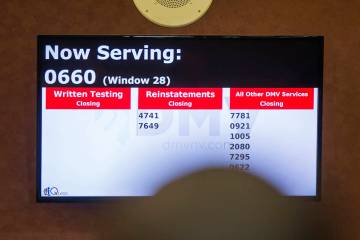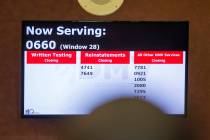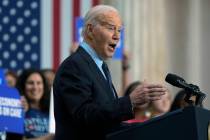EDITORIAL: Encourage transparency in health care charges
The roots of ever-rising health care costs are varied and complex. But surely it doesn’t help that — unlike virtually any other commodity — users often have no idea what the product actually costs.
Consumers — shielded by their government or private insurance coverage — would be hard-pressed to identify the price of even basic services such as routine office visits or screening. The costs of complex procedures or in-depth consultations are even more enigmatic. And when someone else foots the bill — free stuff! — there’s little incentive to consider the charges.
“Think about it,” former Sen. Tom Coburn wrote in The Wall Street Journal last week, “when you want to buy a car, you shop around, comparing the quality and price of competing models and the offerings at different dealerships. The same is true for practically everything else Americans buy.”
A 2016 report from the Robert Wood Johnson Foundation found, “The historical opacity of health care prices is widely believed to be a major factor inhibiting the more efficient functioning of the delivery system.” It concluded that “significant cost containment cannot occur” without increased pricing transparency.
In that vein, a handful of states are now pushing providers to be more up-front about medical billing and charges. Colorado lawmakers, for instance, are considering a measure that would allow consumers to see up-front the price of a health-care service before they undergo treatment. It’s a model that Nevada lawmakers should consider.
“Keeping prices hidden provides no benefit to the patient,” Mr. Coburn argues. “It serves only to help middlemen turn a tidy profit. … The more people are writing their own checks for the medical services they receive, the more they will be interested in shopping for value.”
The current system generates enormous price disparities. A 2014 study by the Milken Institute School of Public Health at George Washington University revealed that “an appendectomy can cost anywhere from $1,529 to $186,990. A hip replacement could run from $11,100 to $125,798.” The study also found that “little evidence supporting a relationship between higher health care costs and health care quality.”
The purpose of improved transparency is to provide consumers with greater freedom to look around for non-emergency treatment and to put competitive pressure on medical providers. Whether consumers will actually take advantage of such information remains a matter of debate — various studies have reached different conclusions. But shouldn’t they at least enjoy that option?
Transparency alone won’t fix soaring health care costs. But it should be part of the mix. And removing the shroud of secrecy that clouds the issue of medical pricing would be a good place for Nevada lawmakers to start.




























